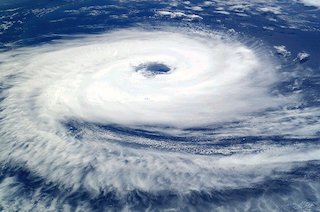The other day, I talked with English tutor online about typhoon in the Philippines.
I was surprised to hear that about 20 typhoon a year came an average in Philippines.
I lived in Okinawa until I graduated from university.
However, there were not so many (in Okinawa).
So, the tutor told me the Philippines typhoon’s warning level.
Here is the website.
http://bagong.pagasa.dost.gov.ph/learning-tools/public-storm-warning-signal
At first I didn’t understand how to read the table, for example I didn’t know “LEAD TIME”
So, I asked about it.
And I finally undersood the meaning of what was written on the table.
I only use English, so I struggled to understand it.
When she explained about “READ TIME”, she used an example of bullet train and regular train.
Bullet train is faster than regular train, so “LEAD TIME” is short.
When the speed is greater the lead time is shorter.
So a strong typhoon is faster, and LEAD TIME is shoter.
I felt better.
After that, she asked me “Is there this type of classification in Japan?”.
But I couldn’t answer.
I told her I will reserch Japanes tyhoon classification, we will talk about it next lesson.
フィリピンの台風の話
先日、オンライン英会話で、フィリピンの台風について話したんだよ。
年間平均 20回ぐらい台風が来るって聞いて、びっくりしたわ。
大学卒業まで沖縄に住んでたけど、ここまで多くなかったぞ・・・
あと、フィリピンの台風の強さのレベルについて教えてもらった。
そのサイトが、これ。
最初、どう読むのかよくわかんなかったよ。「LEAD TIME」とか、何言ってるのかよく分かんなかったし。
なんで、色々と聞いた。
そして、ようやく表に書いてあることの意味が分かったよ。
英語だけで聞いたから、理解するのに凄い苦労した。
リードタイムの説明には、新幹線と通常の電車の話を例に話してくれたよ。
新幹線の方が速度が速いからリードタイムは短い、通常の電車の方が速度が遅いからリードタイムは長い。
なので、強い台風は速度が速いため、リードタイムは小さくなる、という事だった。
理解できてすっきりしたよ。
その後、「日本には、こういう基準は無いの?」って聞かれたけど、答えられなかった。
日本の台風の強度の基準について調べとくんで、次はその話をしよう、という話をしたよ。



コメント